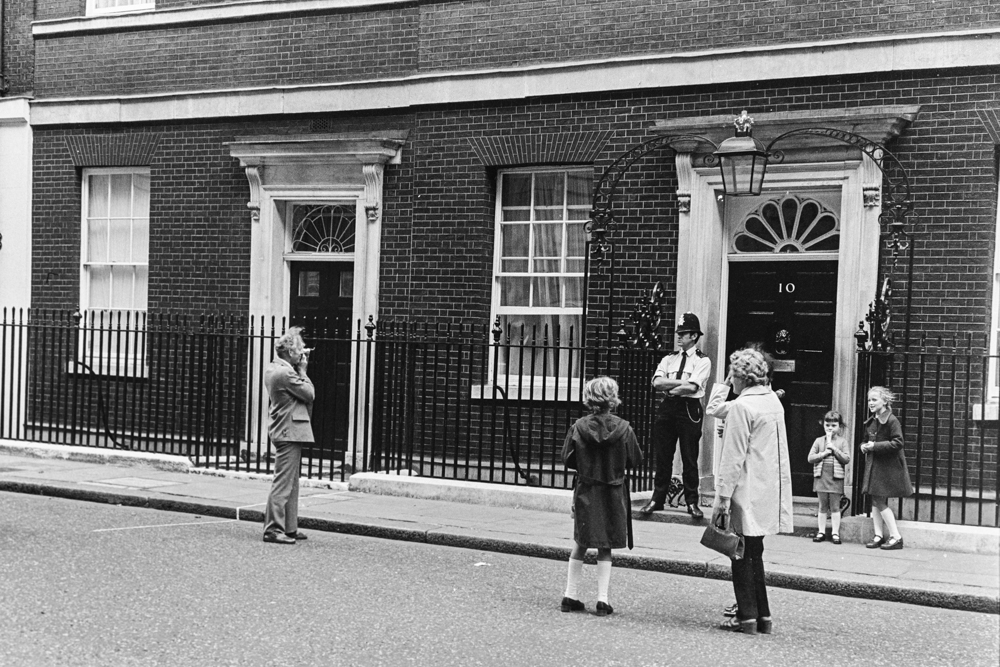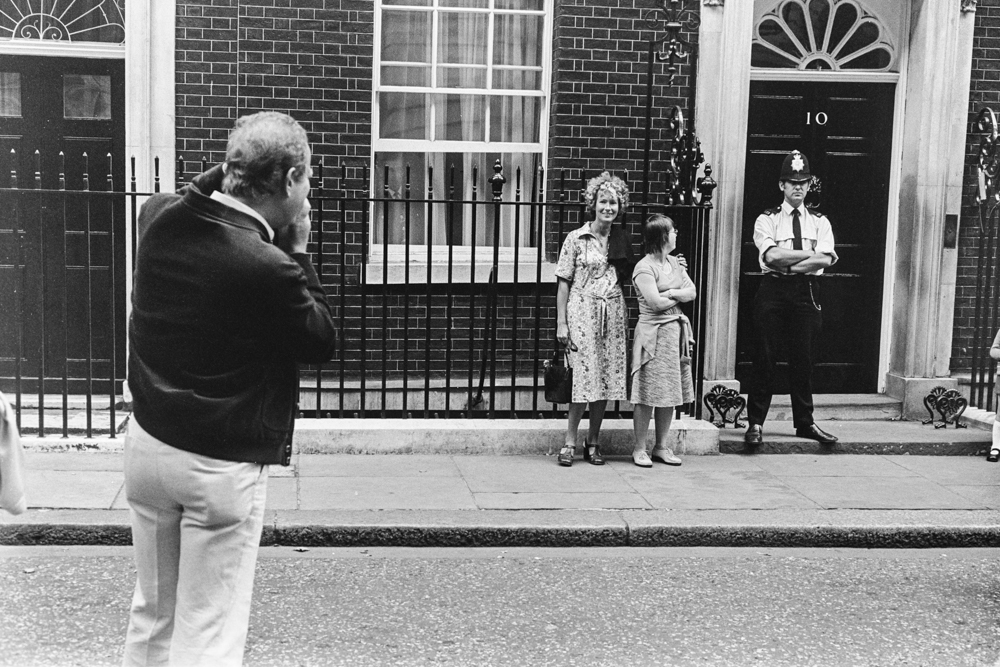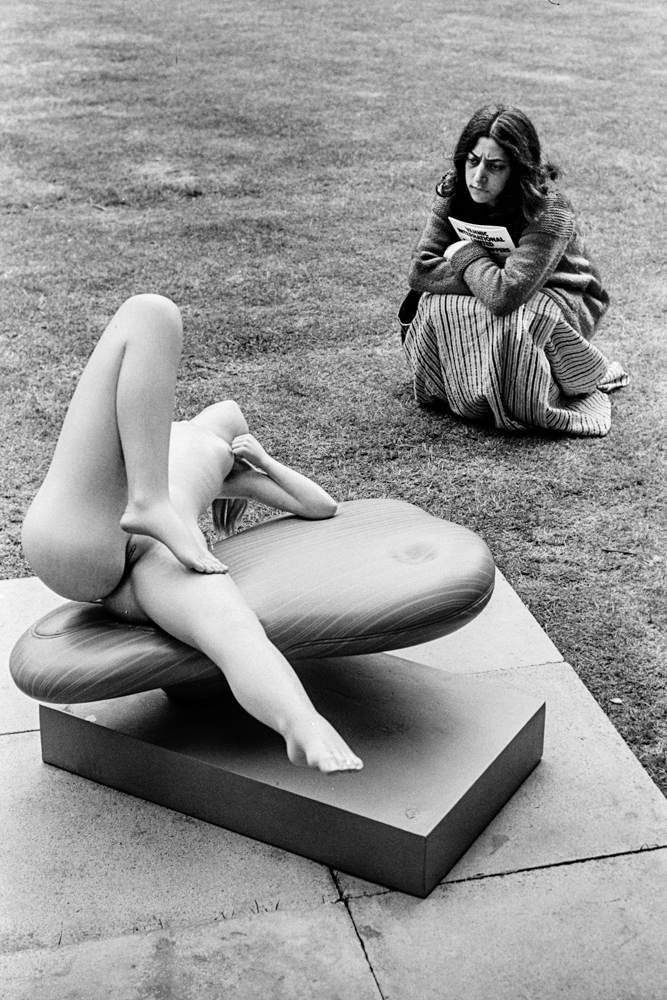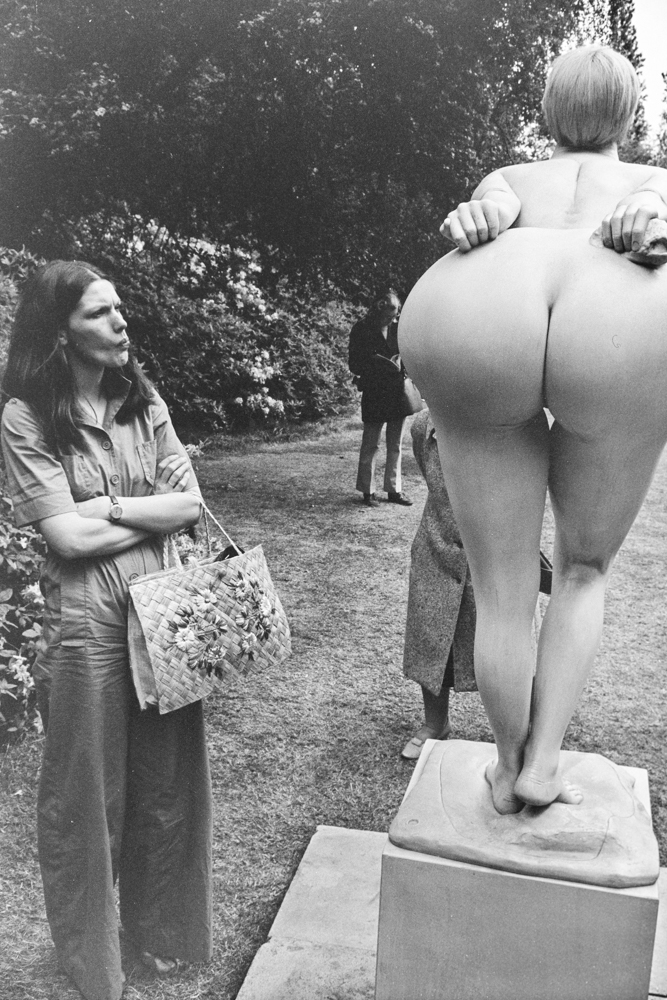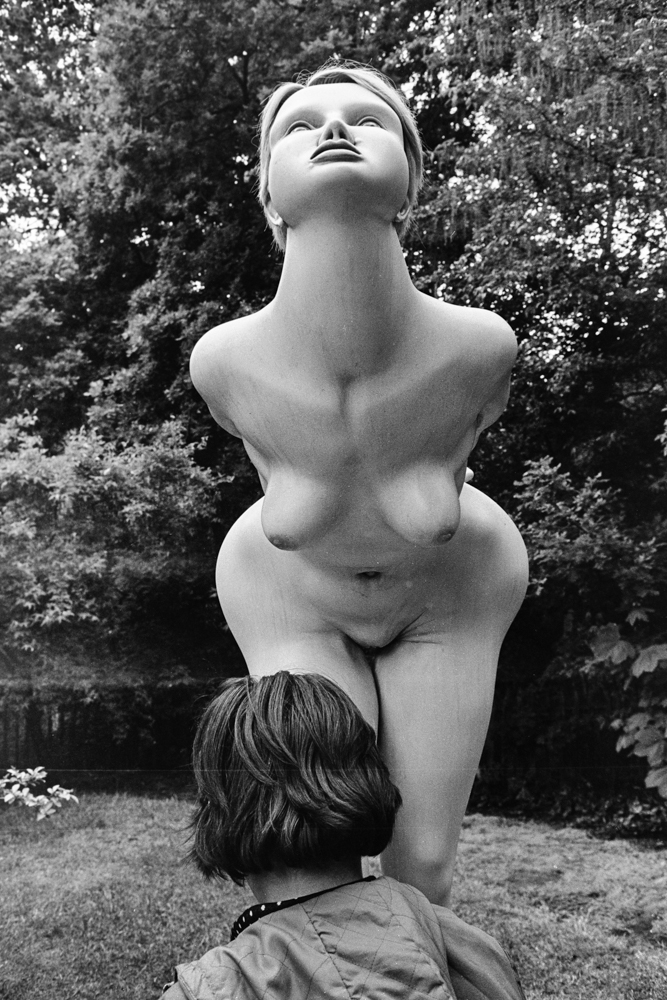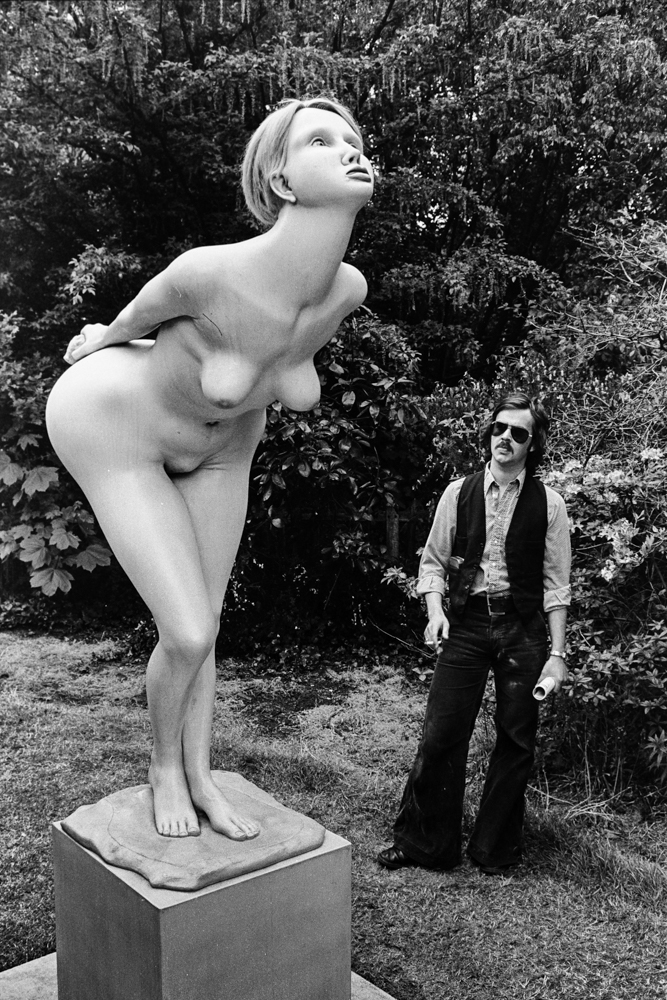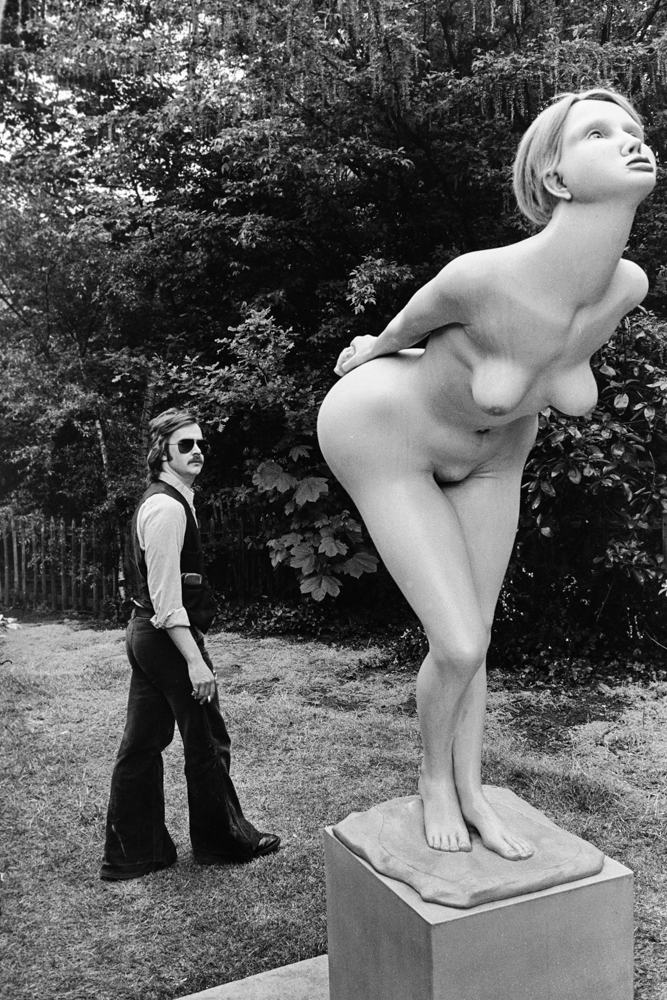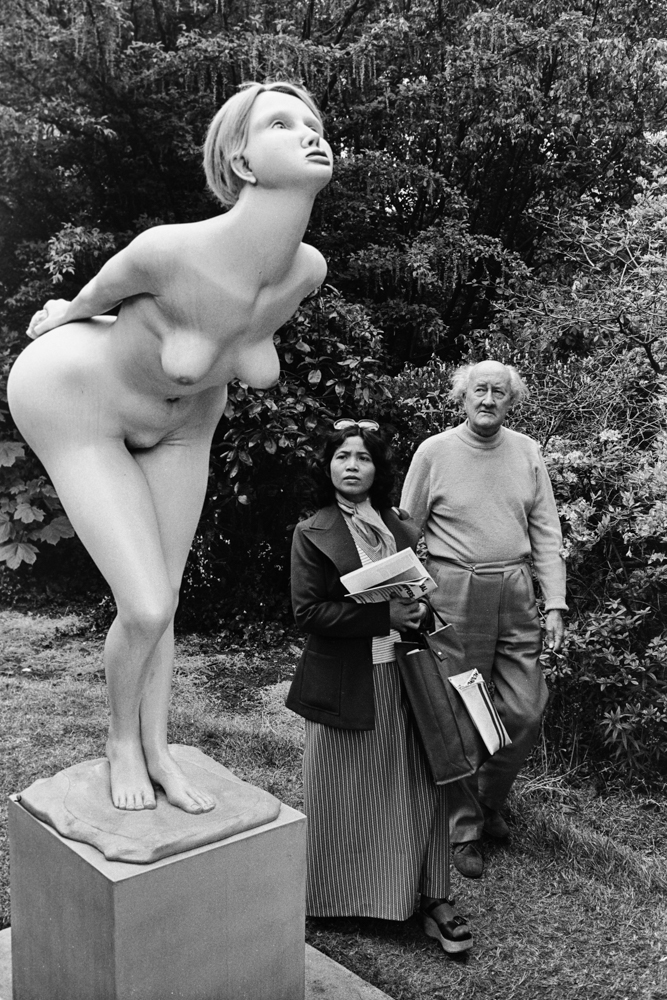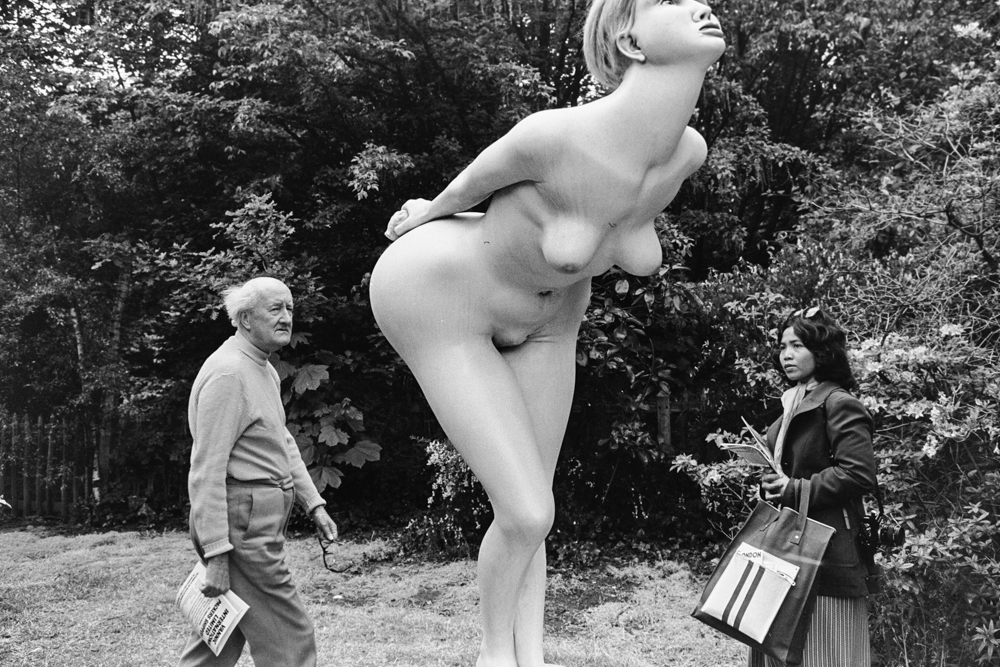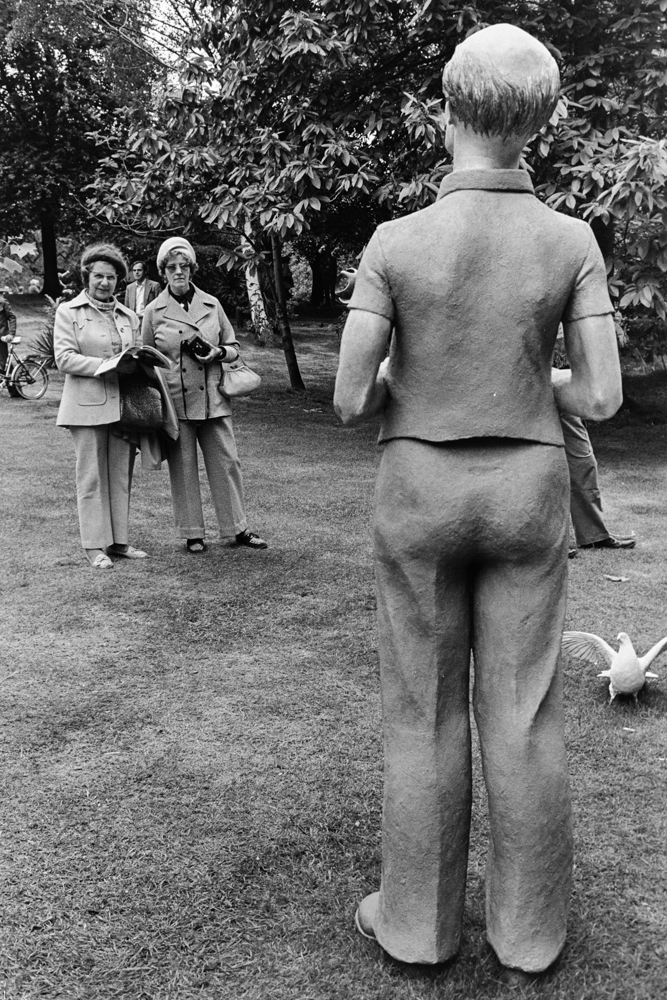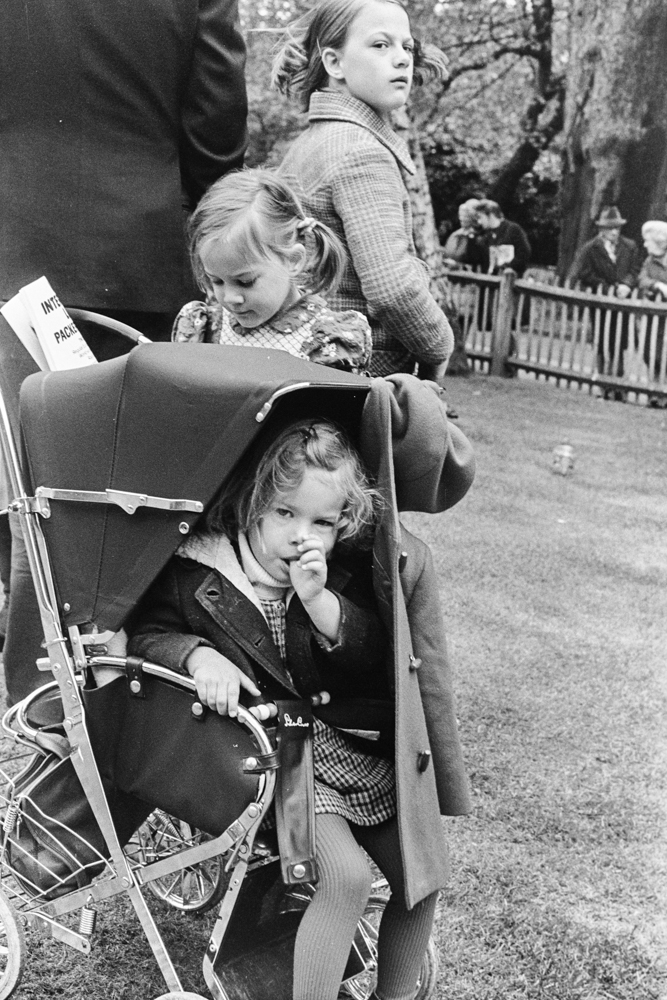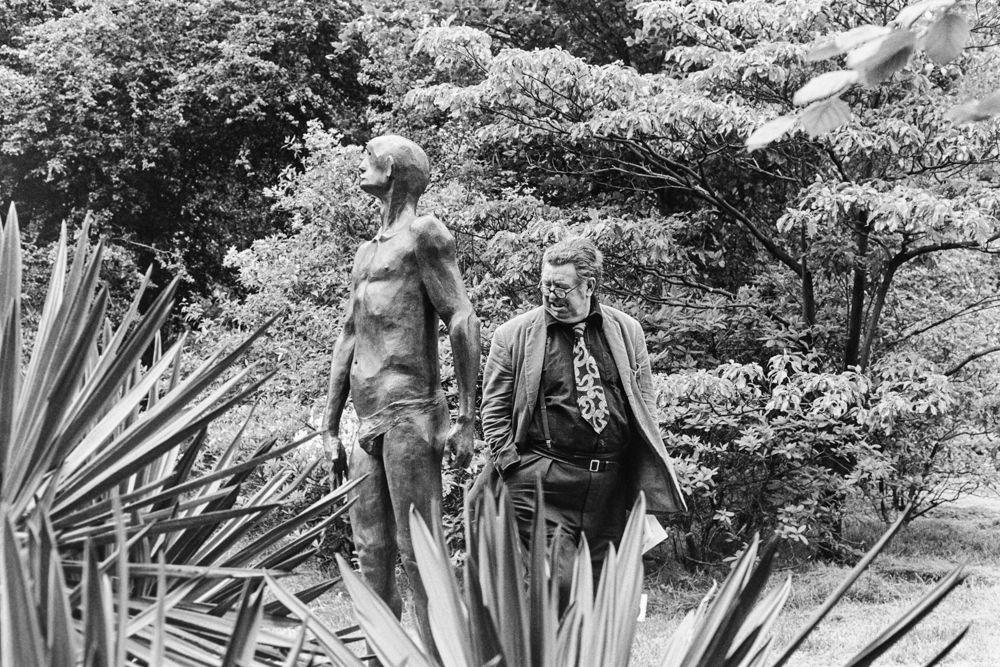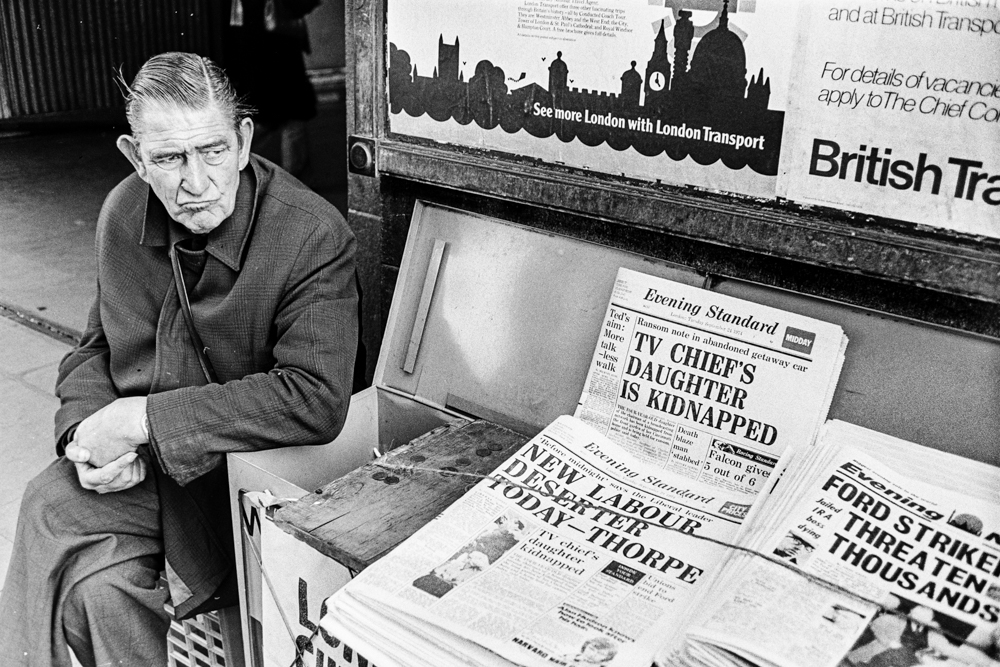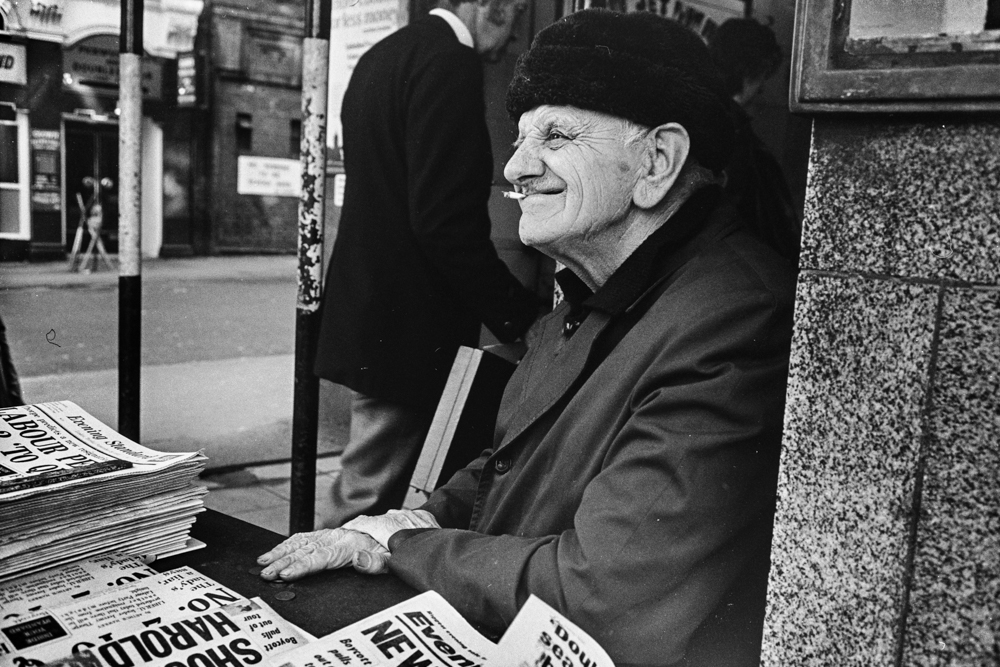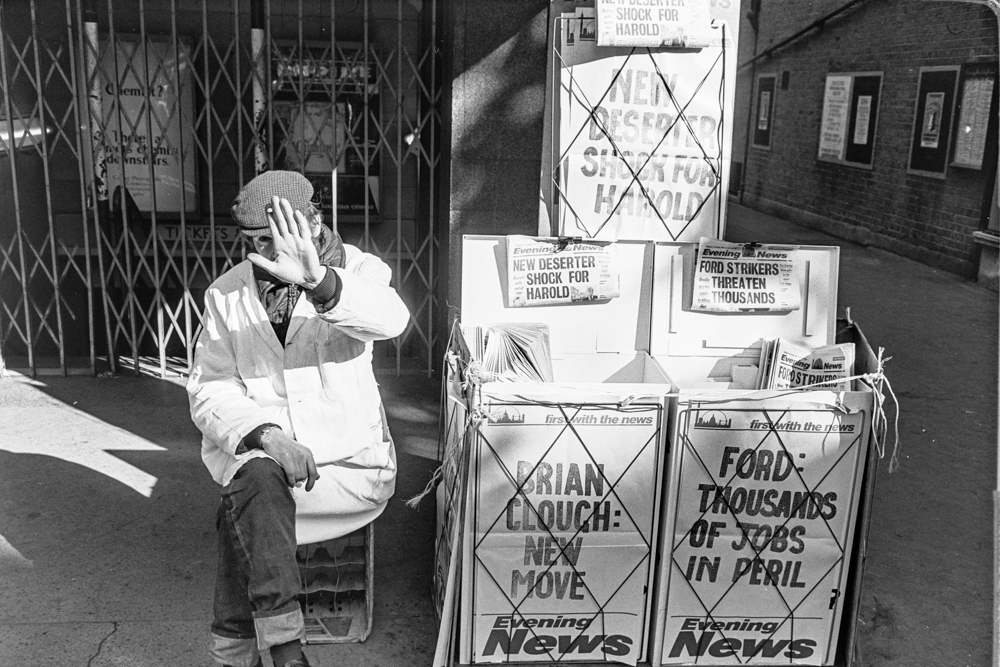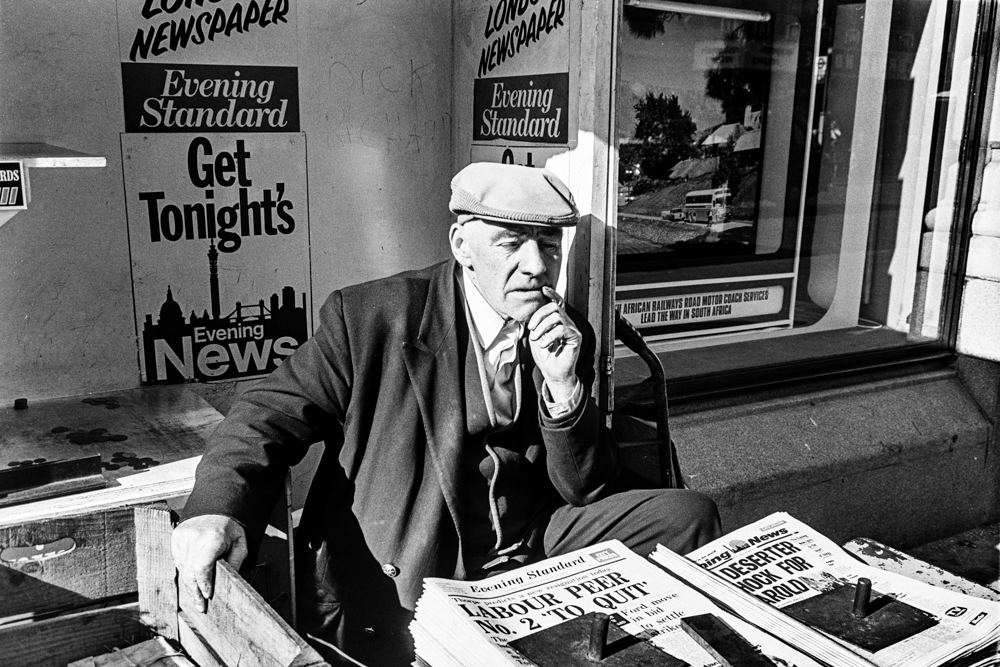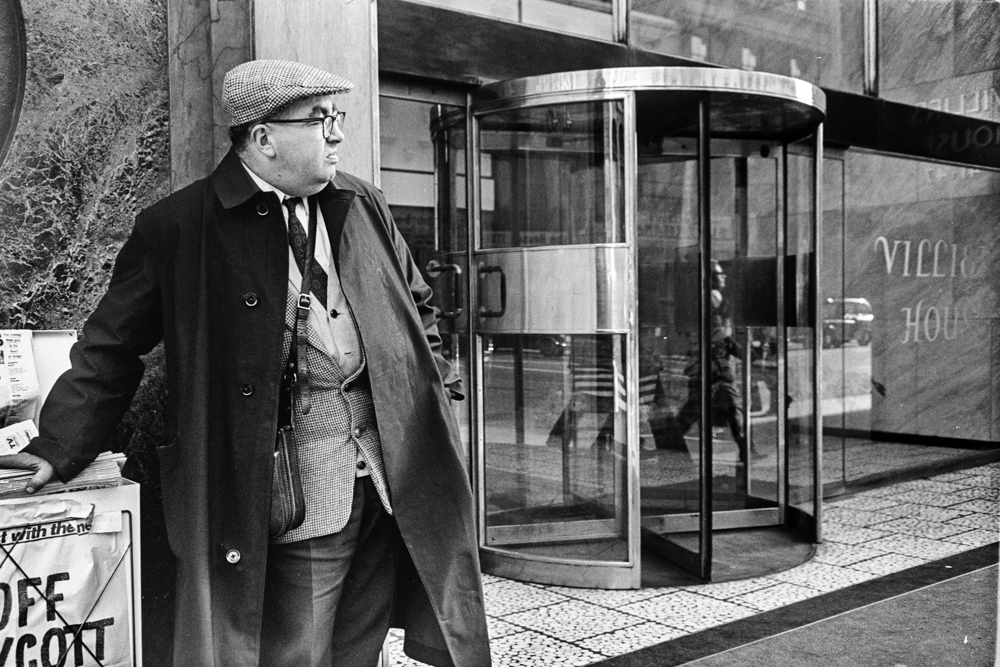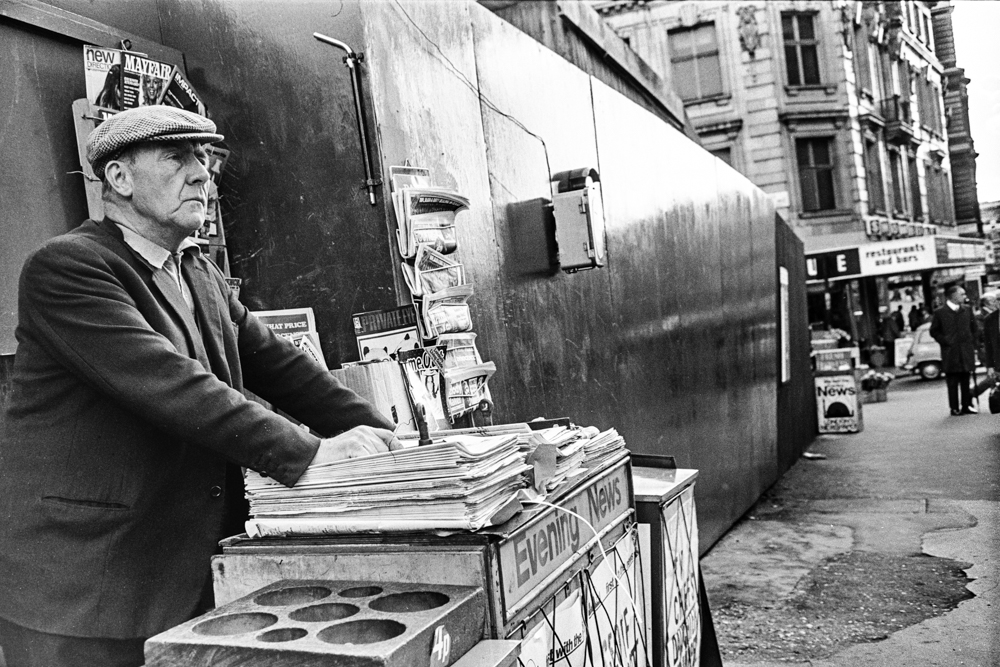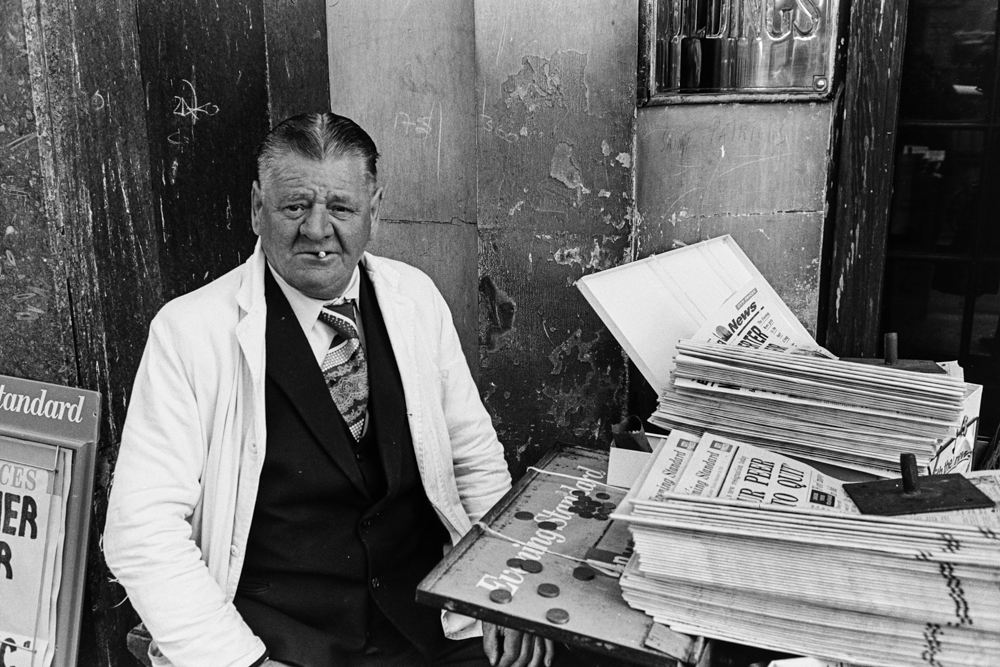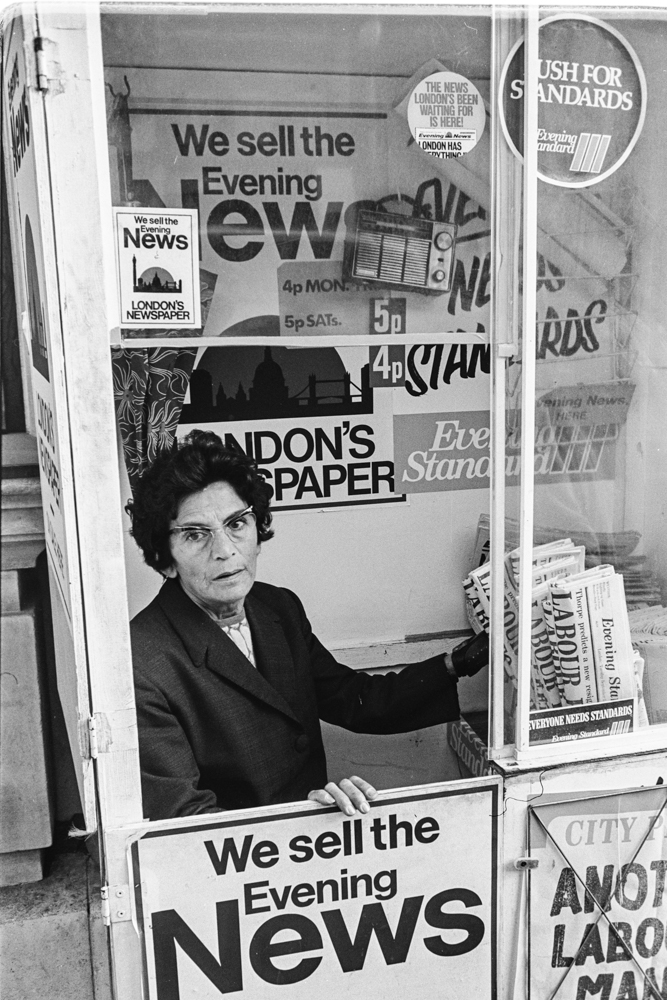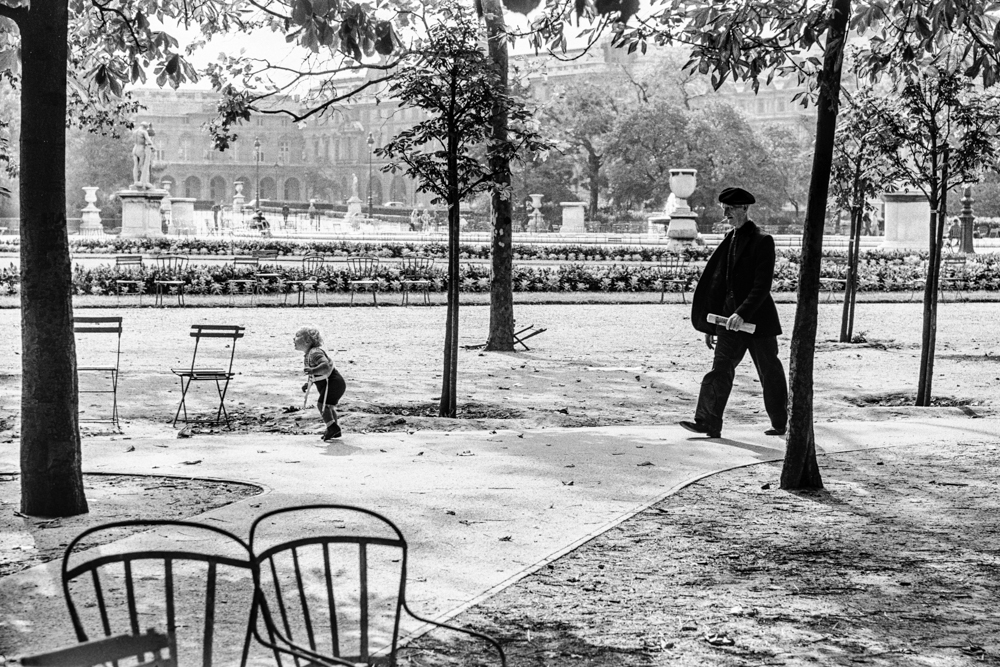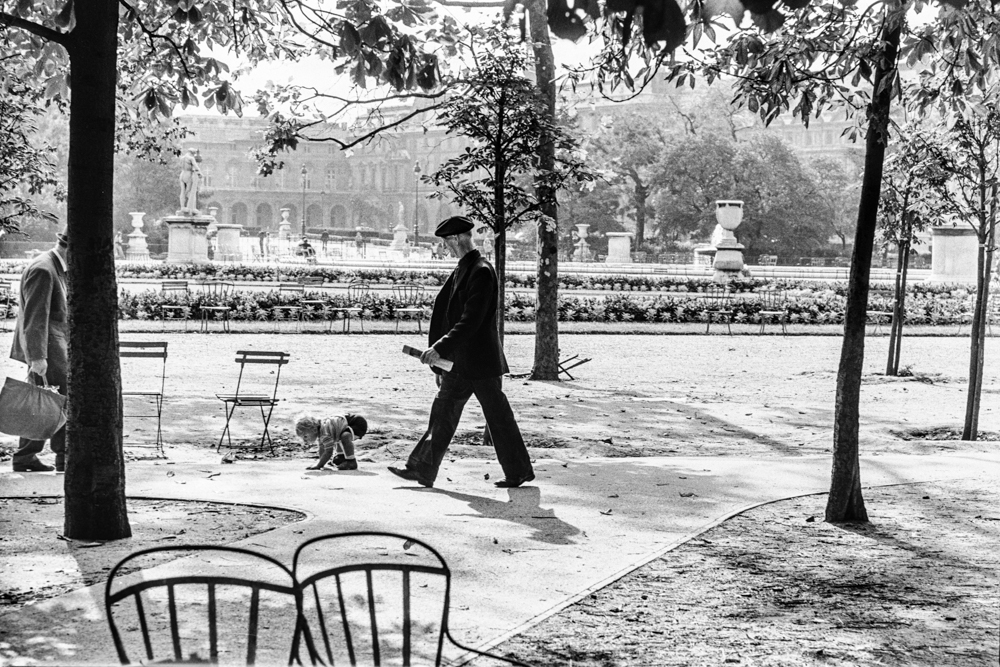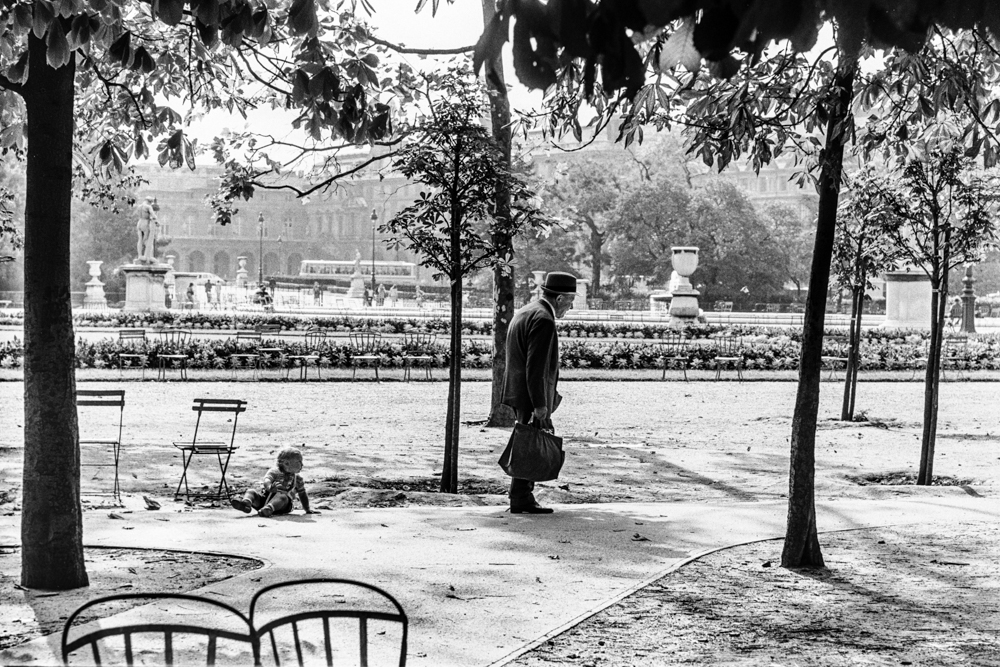Still resolute. Still broken.
The best illustration of how poorly the Nazis understood the staunch character of the British is seen in their targeting of the East End of London in their bombing of innocent civilians in The Blitz of World War II. The poorest people lived in the East End and the Germans’ thinking was that the best way to break England’s resolve was to drop bombs on them. What they succeeded in doing, of course, was simply to strengthen the courage and resolve of these very tough, admirable people.
By July, 1975, when these pictures were taken, Germany’s war debts had been forgiven by the United States and the German recovery was complete. By contrast, no such forgiveness was enjoyed by Americans’ staunchest allies, the British, who finally repaid their US loans just a few years ago. So much for the much vaunted ‘Special Relationship’. The East End of London remained very much broken when these images were made. And, my word, was it ever ugly to behold.
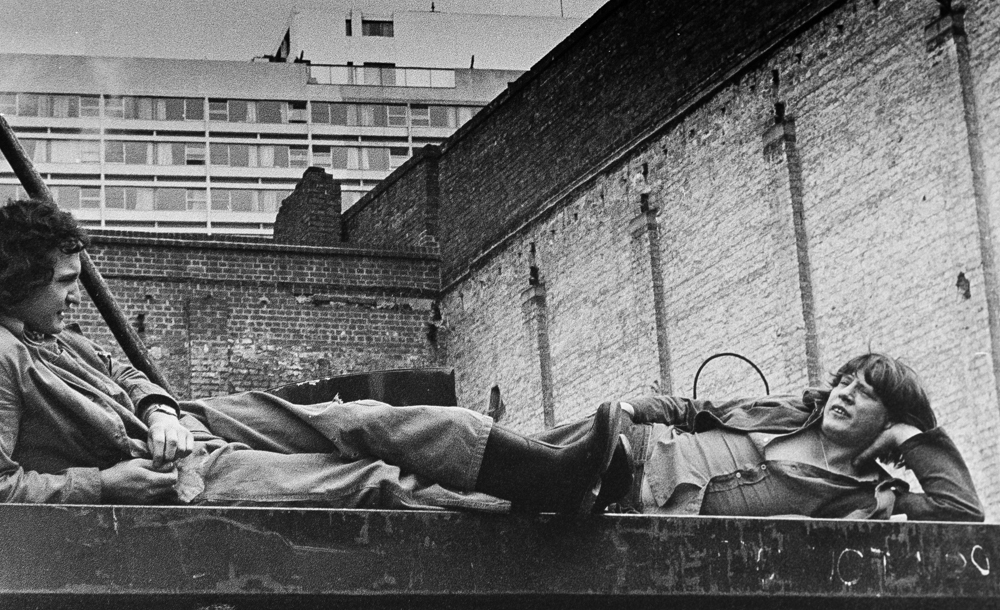
Likely lads. The English work ethic writ large.
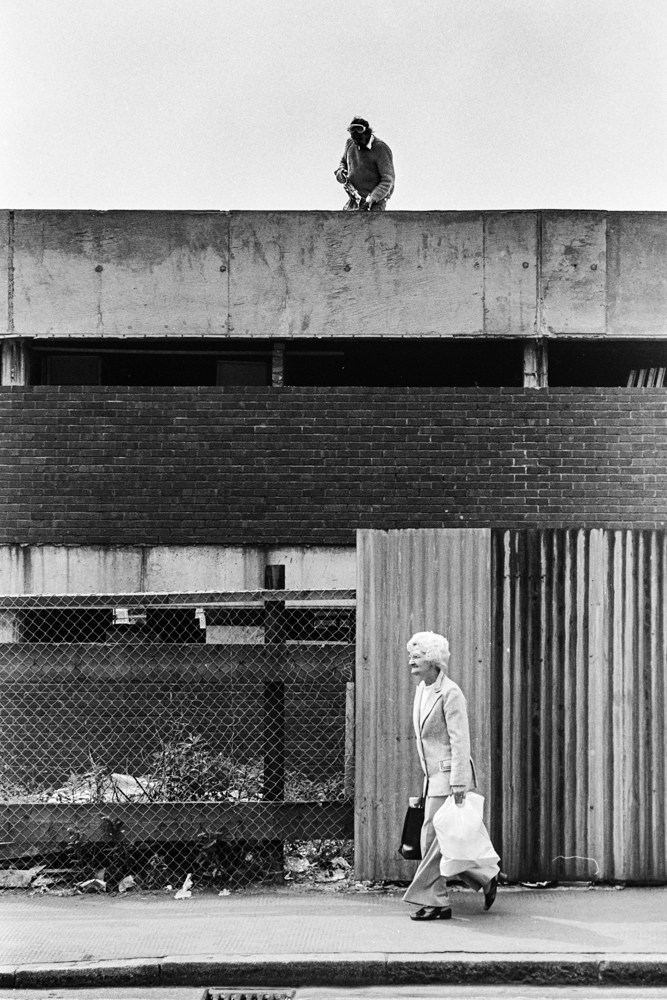
Jackhammer.
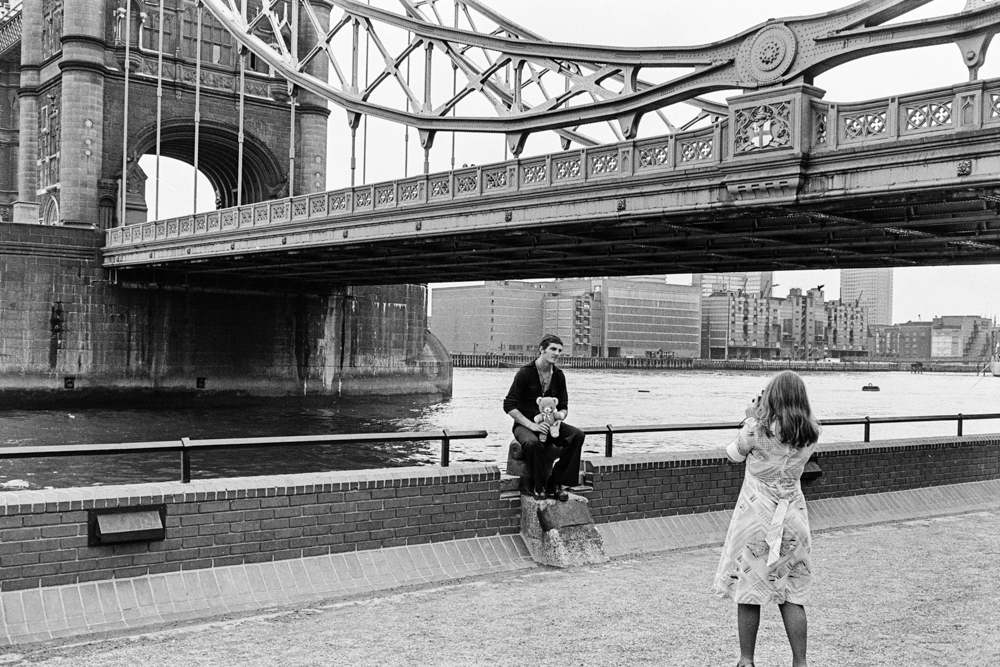
Teddy at Tower Bridge. Go figure.
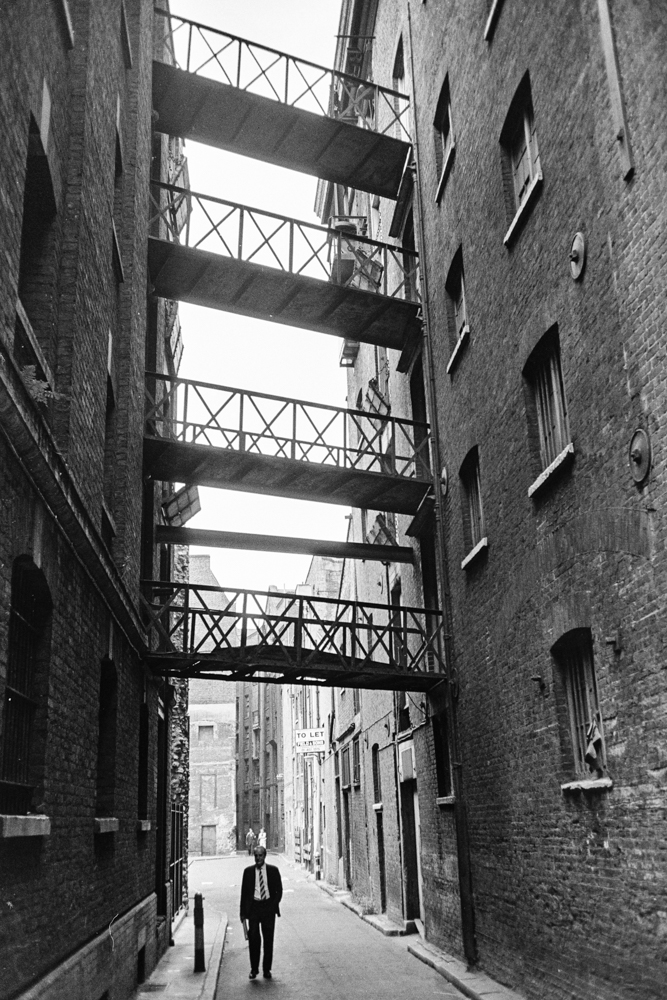
Still broken.
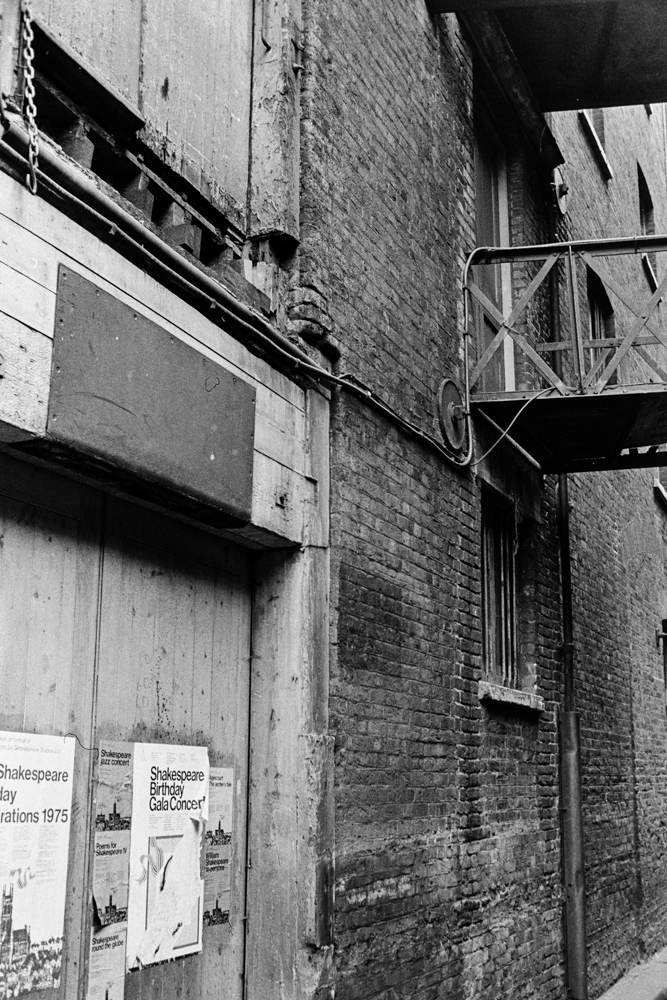
Shakespeare, however, rules.
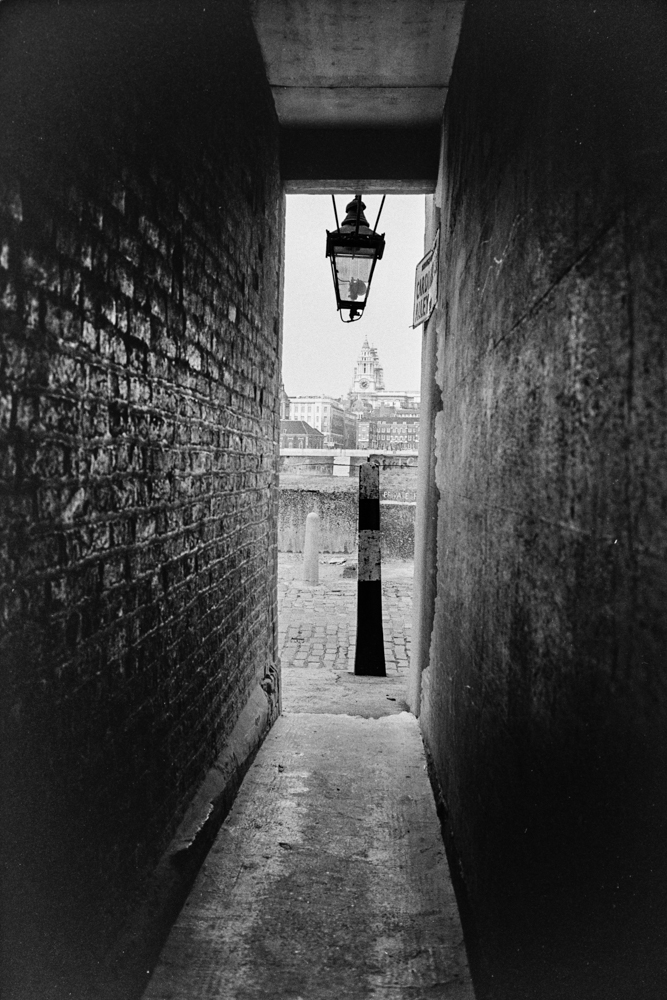
Passageways like this one harken back to the London of Conan Doyle.
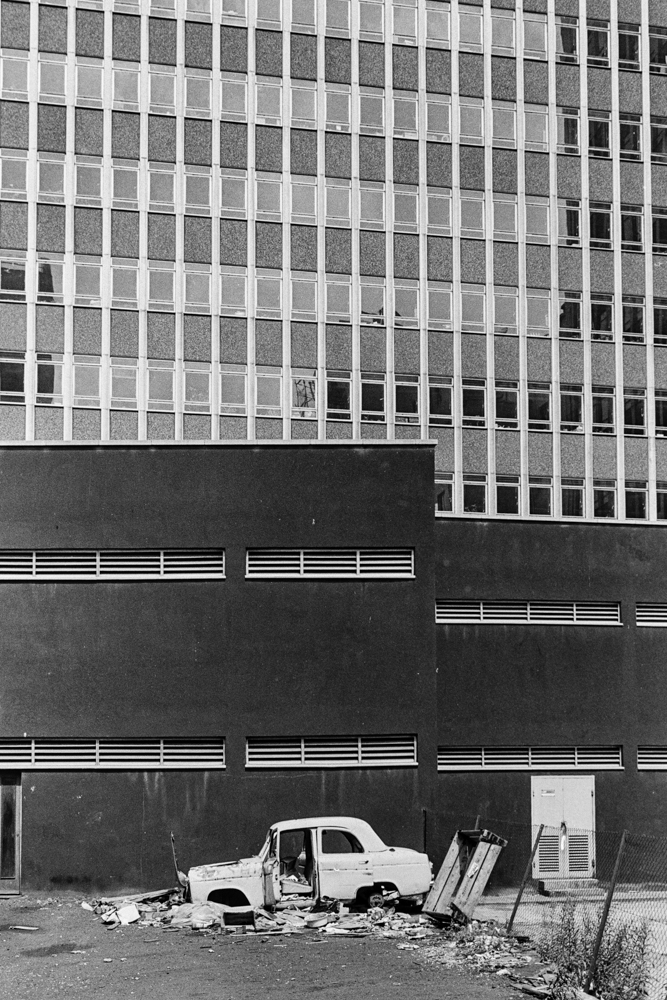
Discarded.
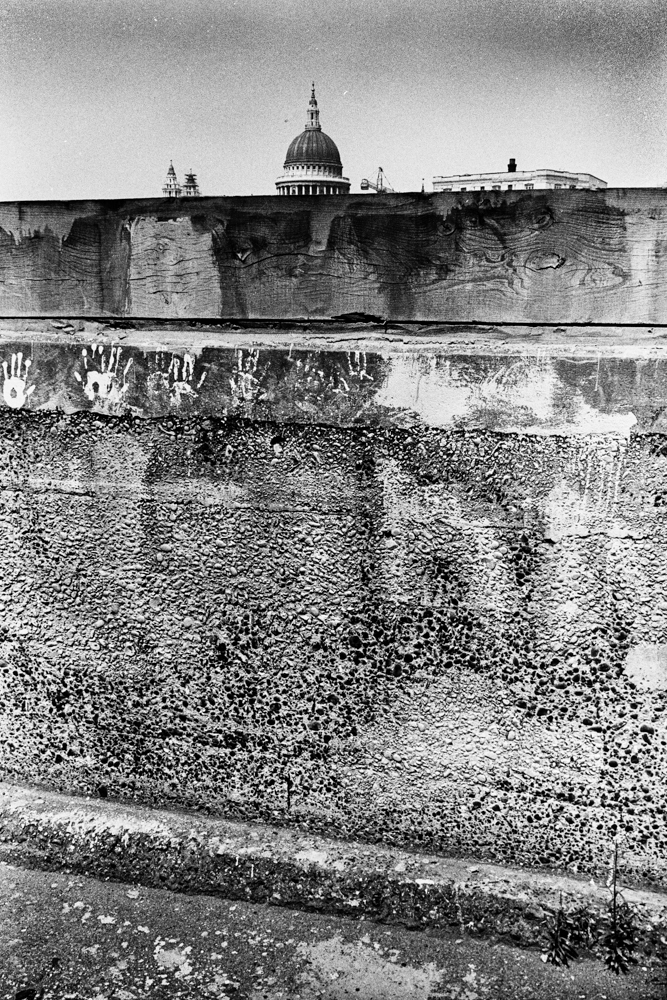
St. Paul’s Cathedral.
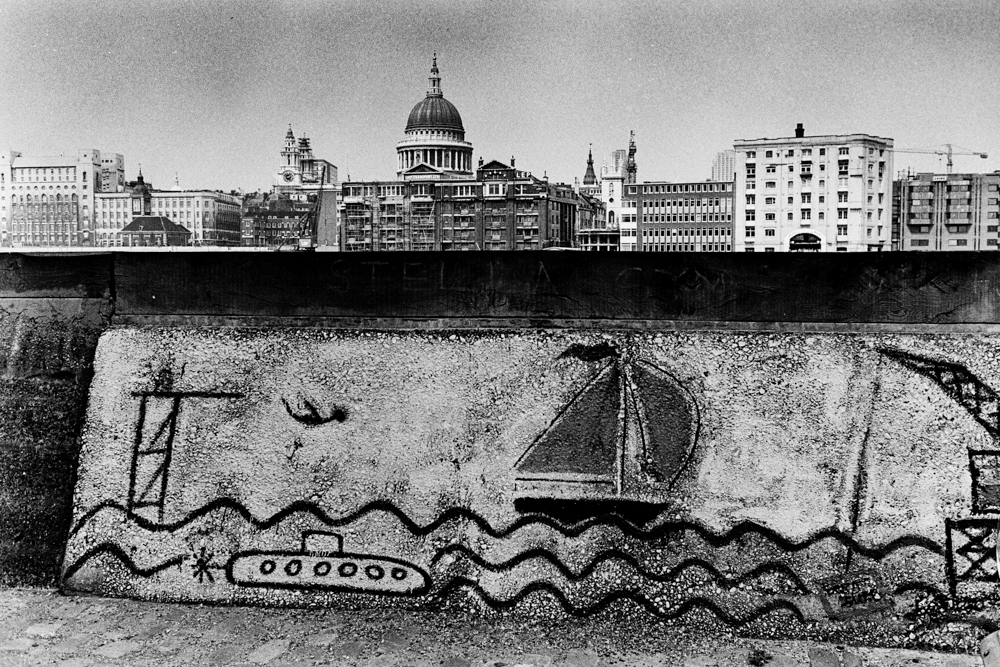
Despite a direct hit from the Luftwaffe, St. Paul’s somehow survived.
Is still don’t understand what was happening here. The fat fellow was heaping abuse on the figure in sackcloth and chains, tightening the latter now and then to his own great amusement as he poured invective on the poor person inside. A sado-masochistic treat which the crowd seemed quite fascinated by.
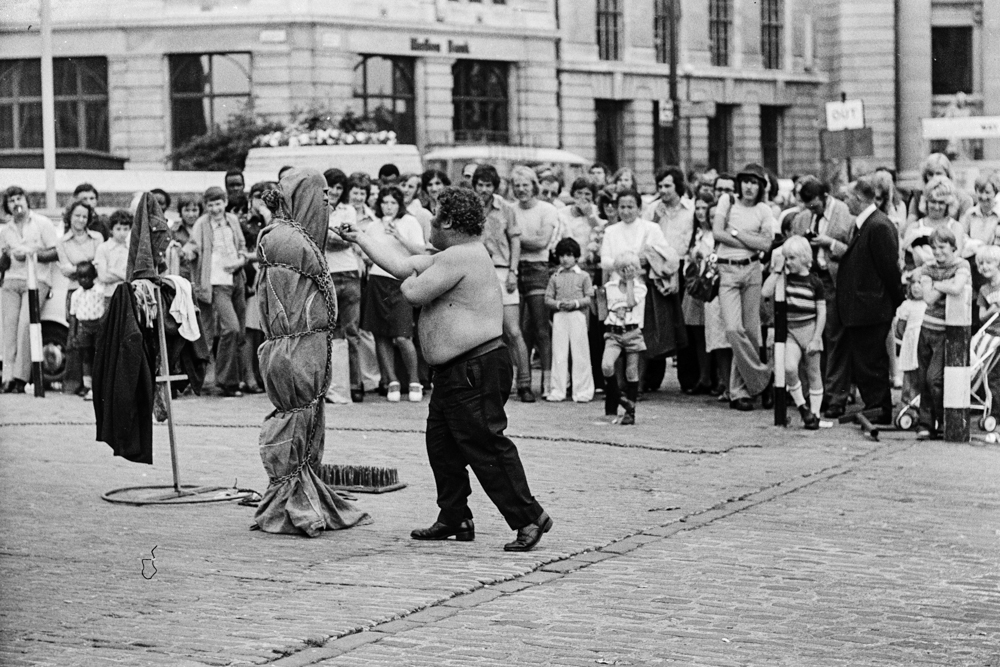
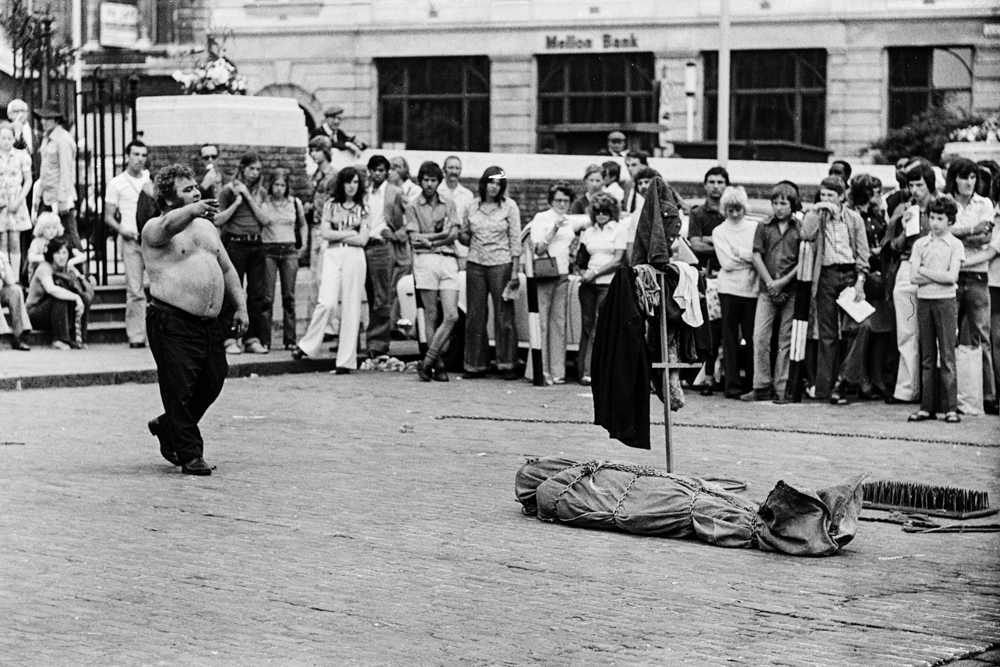
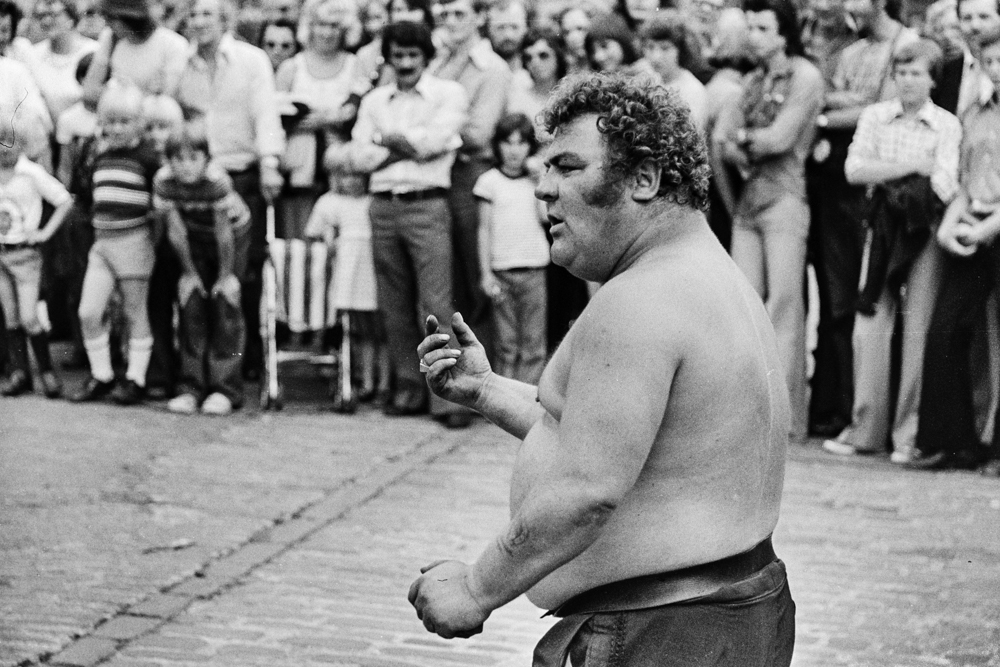
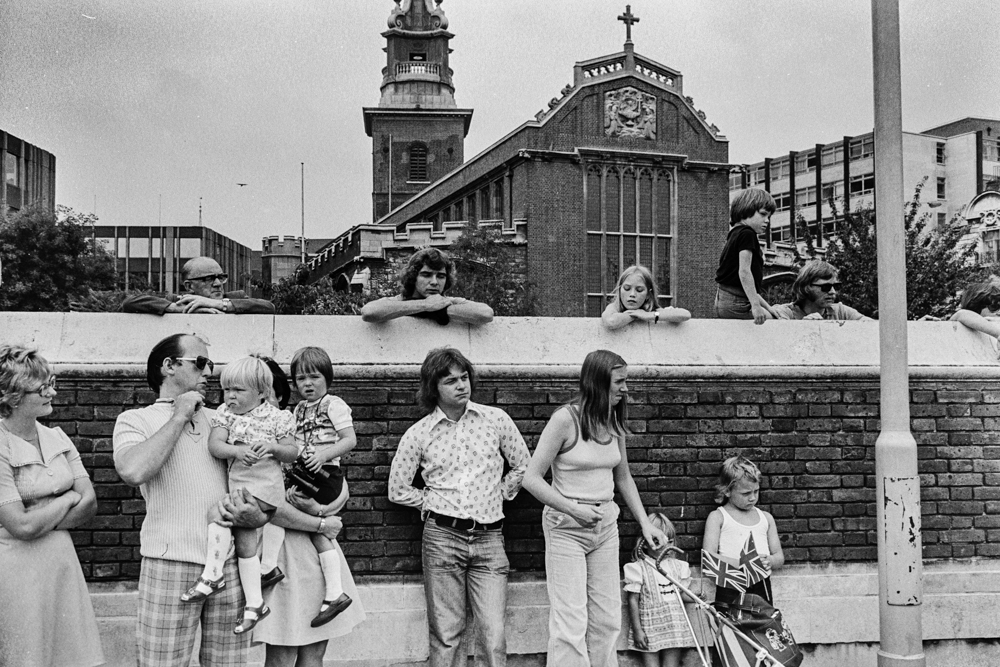
The crowd, fascinated
Update: I checked in with my sister, a UK resident to this day, and she writes: “It’s to do with the plague and the church. The bodies were wrapped in sackcloth for burial, the chains denoting that the deceased had died without the last rites! if you had the plague, no one would go near you to administer the last rites.” So there!
Leica M3, 35mm Summaron and 90mm Elmar, TriX, ‘scanned’ on the Nikon D800.
